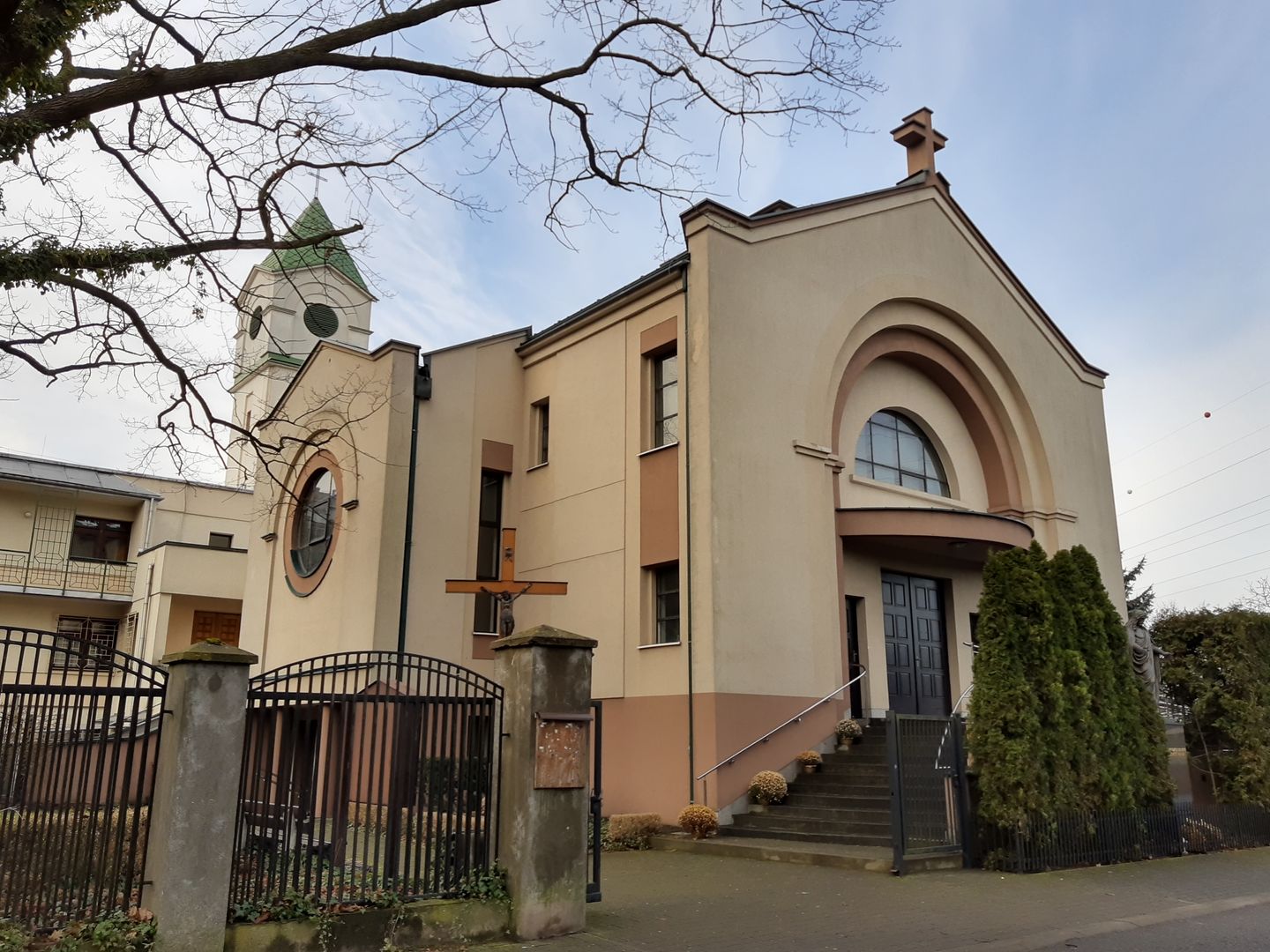Lomianki
6.88

Overview
Łomianki is a town in Poland, located in the Masovian Voivodeship, within the Warsaw West County, situated 14 kilometers from the center of Warsaw. The town was established on January 1, 1989, from the areas of six villages and currently has a population of approximately 17,000. Łomianki is situated on the floodplain of the old Vistula riverbed, making it an attractive location with numerous lakes, such as Pawłowskie, Fabryczne, and Ostrowskie. Settlement in this region dates back to the 10th–11th centuries, and the first written mention of Łomianki comes from 1418. The town was a site of Mennonite settlement and has a rich multicultural history, with Poles, Germans, and Jews living there. Key events took place during World War II, when Łomianki was the scene of battles and the deportation of Jews. Architecturally, Łomianki is characterized by early 20th-century villas, which are listed in the register of historical monuments, such as the villas on Racławicka Street and Dolna Street. The town is home to the Cultural Center, which offers a variety of artistic activities, and the John Paul II Integrated Didactic and Sports Center, a facility used for organizing sports and cultural events. Łomianki also has a rich educational infrastructure, with several primary schools and kindergartens. In the realm of sports, local clubs are active, and the town has a professional women's basketball team. Local culture is promoted by the Public Library, which offers various events and workshops. Religious communities also operate in Łomianki, with a dominant presence of Roman Catholic parishes and an Augustinian monastery. It is worth adding that Łomianki is a partner town to Noyelles-lès-Vermelles, fostering cultural exchange. What sets Łomianki apart is its proximity to Warsaw, attracting residents to settle in the area and enjoy its numerous natural attractions, such as the nearby Kampinos National Park.
Location
2025 Wizytor | All Rights Reserved